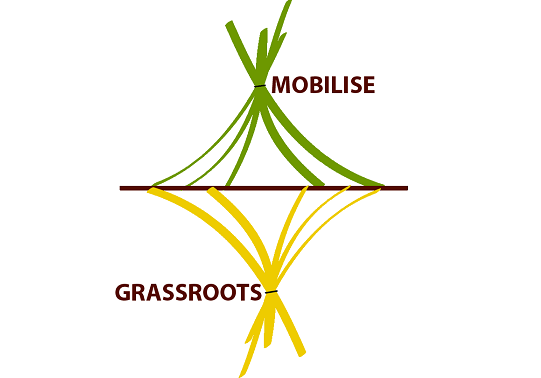Author: Effie Fokas
Published in: Oxford Journal of Law and Religion, 2015, Vol. 4, No. 1, 54–74
Over the past 20 years the European Court of Human Rights (ECtHR) has evolved into a conspicuous, often contentious, force in the multilevel battles over the place of religion in the European public sphere. In the light of scholarly debates questioning the direct effects of courts on the issues they address, this article explores how the nature and extent of European juridical influence on religious pluralism are better understood through developments taking place ‘in the shadow’ of the Court.
Specifically, what is the aftermath of the Court’s religion jurisprudence in terms of its applications at the grassroots level? And how might legal and political elites operating at the national and international levels influence the Court’s engagement with religion?
These questions are important because ECtHR case law will shape, to a large extent, both local and national case law and—less conspicuously but no less importantly—grassroots-level developments in the promotion of or resistance to religious pluralism, which will, in turn, influence the future of the ECtHR caseload.



